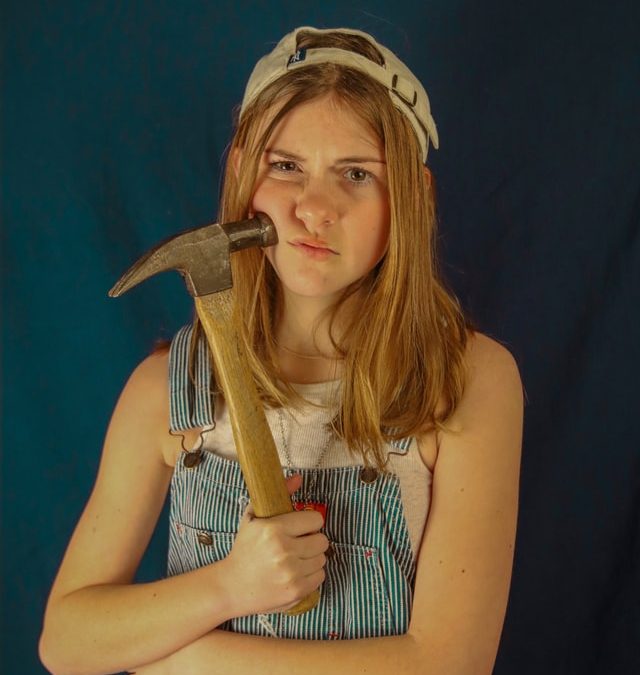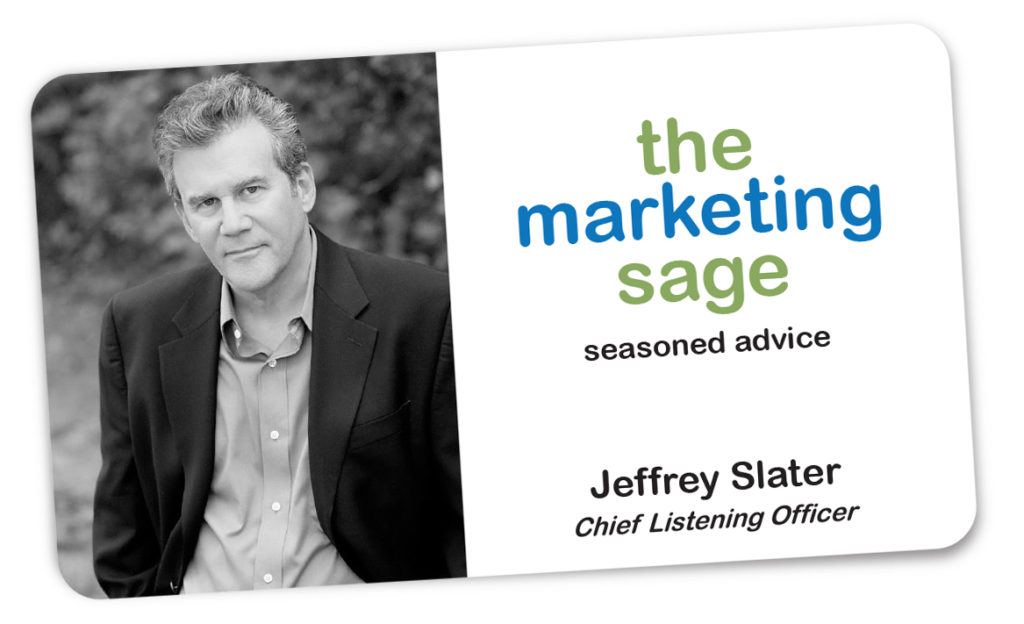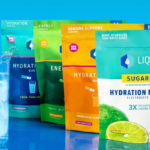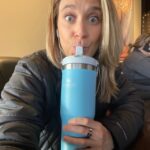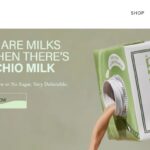Influencer marketing is not a new concept; various brands have used it to connect with their audience, grow their online footprint, and boost sales. While influencer marketing campaigns offer an impressive return on investment (ROI), you might have the possible fear of your campaign not getting the intended results. Like any other marketing strategy, influencer marketing doesn’t guarantee success, but if you collaborate with the right influencers, your chances of success are incredibly high.
Here are examples of industry-leading brands that have successfully used influencer marketing campaigns to achieve their goals.
Brand#1. Guess
Campaign Goal: Reposition itself in the US market with the goal of reaching a younger demographic.
Social Media Platform Used: TikTok
Guess, the denim and lifestyle brand used the TikTok influencer marketing strategy. In September 2018, the brand launched a hashtag challenge around hashtag #InMyDenim. This was a brand takeover ad that directed TikTok users to sponsor the #InMyDenim challenge once they opened the app.
In this hashtag, Guess worked with TikTok influencers who posted videos where they transformed from drab to fab wearing Guess apparel. As these seed videos started getting popular, more and more people posted their transformation videos using the hashtag #InMyDenim hashtag. By working with TikTok influencers, Guess successfully reached a new potential target and boosted its sales.
Brand #2. Dunkin’ Donuts
Campaign Goal: Spread the word about a new product line.
Social Media Platform Used: Instagram
Dunkin’ Donuts wanted to create a buzz around its new espresso line of products. They used Instagram nano-influencers to launch the #sippingisbelieving campaign. The campaign came across as realistic and relatable, something that would have been difficult to duplicate with celebrities or highly popular influencers. Since Instagram nano- and micro-influencers are less expensive than their celebrity counterparts, Dunkin’ Donuts got an opportunity to achieve a higher ROI.
Brand #3. Corian Design
Campaign Goal: Raise brand awareness for its ever-growing product line.
Social Media Platform Used: Instagram
Coral Design collaborated with Bobby Berk, an American interior designer and reality television host of the hit show Queer Eye. But not many know that Berk is also a celebrated Instagram influencer. Berk created kitchen designs using Corian Design for all his castmates.
The company used one influencer to target a specific audience. This approach helped the brand be in front of more than 2.5 million Berek’s Instagram followers.
Brand #4. Banza
Campaign Goal: Raise brand awareness.
Social Media Platform Used: Across social channels
Banza, an innovative food company, started with a single product – high protein and low carbs pasta made from chickpeas.
Founder and CEO Brian Rudolph sent emails to influencers across social media channels, asking them if they wanted free samples. This approach gained traction when influencers who tried his product endorsed it to their fans. Today, this New York-based company sells its product in grocery stores across the country, and it has even expanded its product offerings to include chickpea rice and chickpea mac and cheese.
Brand #5. L’Oreal UK
Campaign Goal: Amplify word of mouth conversations and inspire user-generated content (UGC) surrounding their products.
Social Media Platform Used: Across social channels
L’Oreal UK worked with 2,000 UK-based women in the age group of 20 to 55 for three months. The women were not selected on the basis of their following, rather those willing to post about L’Oreal UK’s Pure Clay Mask line. The normal everyday influencers posted stories, photos, and reviews of the clay mask across all platforms, including Snapchat, Instagram, Twitter, Facebook, and YouTube.
On Snapchat alone, more than 500 stories about the clay mask and L’Oreal’s surrounding line of products were posted. More than 5800 pieces of content were created across platforms, resulting in an impressive reach of 741,000 consumers. Over the three months of the campaign, L’Oreal UK’s social media conversations surrounding its products increased by 53%, and sales increased by 51% – a huge ROI considering the campaign essentially had zero cost.
These examples of successful influencer marketing campaigns should be an inspiration for you to get started with your own campaign. Figure out what does and doesn’t work for your brand and tweak the campaigns to better align with your goals.
The data from these experiments show that, like other forms of influencer engagement, selecting the right influencers and mapping influencers go a long way to netting the ROI you expect. Influencer marketing efforts should focus on finding the best influencer for the job rather than collecting a wide variety of influencers and micro-influencers.
Photo by ella alpert on Unsplash
Author Bio: Rachel Smith is a communication executive who works with the content marketing team at Affable, an influencer marketing company that provides AI-driven solutions that allows you to plan and execute your influencer campaigns strategically. She develops content around social media and marketing topics that can help her readers understand how to pick the right influencers, measure their impact, and run effective influencer campaigns. In her free time, she loves meeting new people and attending workshops on communication and psychology.
You can set up a time to chat with me about your marketing challenges using my calendar. Email me jeffslater@themarketingsage.com Call me. 919 720 0995. The conversation is free, and we can explore if working together makes sense. Watch a short video about working with me.
